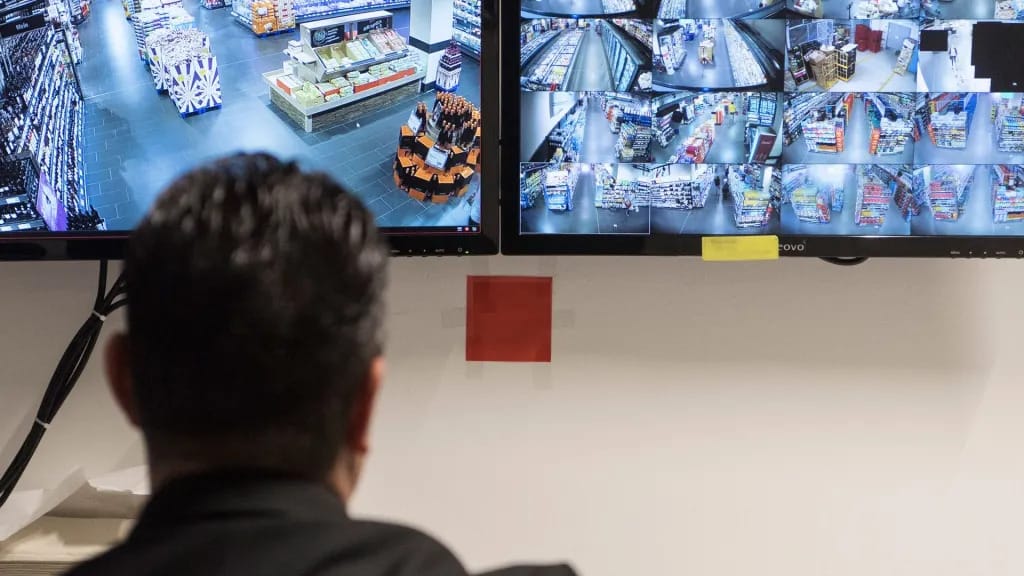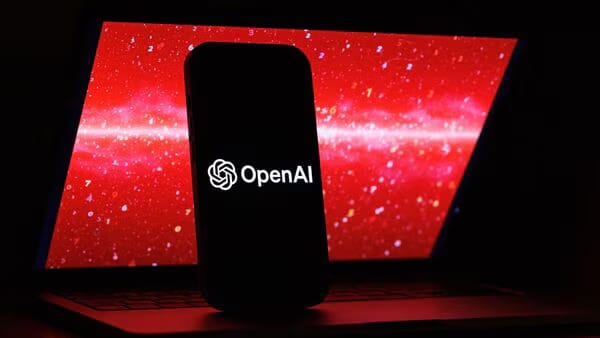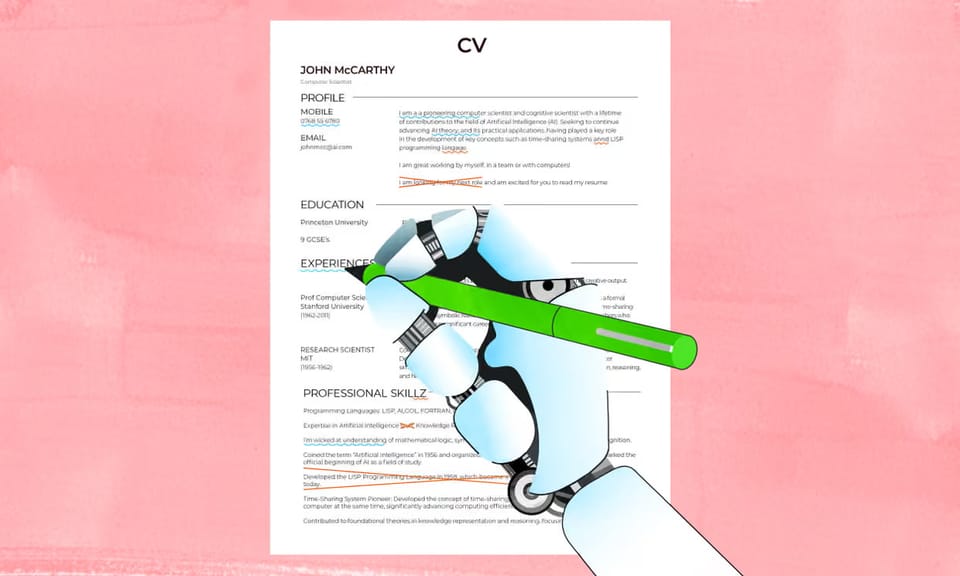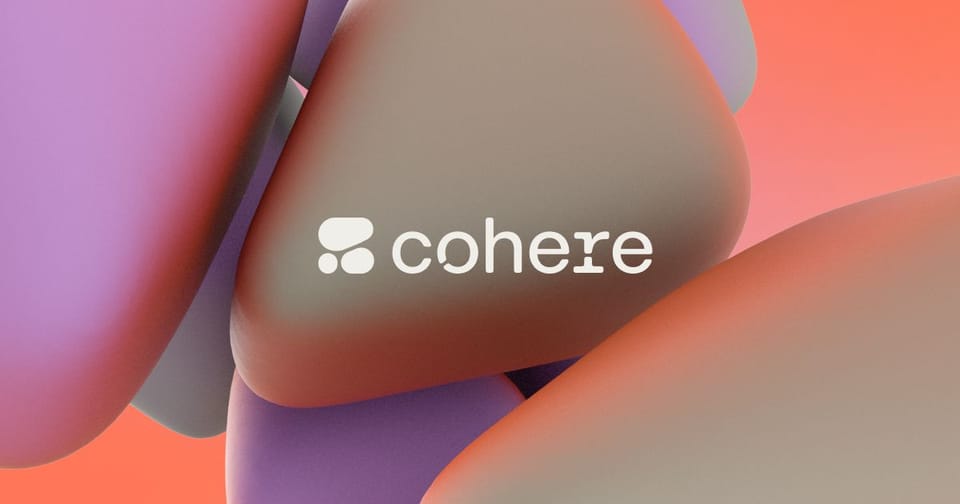Is AI the Future of Fighting Shoplifting or the Start of Watching Our Every Move?


Here’s what’s in today’s issue:
- AI could change the way we shop for beauty.
- Stores are using AI to catch shoplifters by watching body movements, not faces.
- Trump is pushing NATO to spend more on defense, and it could shift who pays what.
Let’s get into it.
Is AI About to Transform How We Shop for Beauty?
Briefing: L’Oréal has partnered with NVIDIA to bring advanced AI to the beauty world. The goal is to boost creativity, marketing, and shopping with smarter, faster tech.
Details: L’Oréal will use NVIDIA’s AI Enterprise software and powerful GPUs to create next-level beauty tools. One of these is CreAItech, a generative AI platform that can make super-realistic 3D images and videos for ads and social media. It uses popular AI models like Stable Diffusion and Imagen to help bring creative ideas to life.
They’re also working on Noli, a new marketplace that uses AI to give customers super-personalized beauty recommendations. Built with help from Accenture, Noli’s AI looks at over a million skin data points to match people with the best products for them. The partnership with NVIDIA also means L’Oréal can scale these tools more securely and efficiently across its digital platforms.
Why It Matters: This move could change how people discover, shop for, and experience beauty products. By mixing AI with marketing and e-commerce, L’Oréal is setting the stage for a future where beauty is more personal, creative, and tech-driven. (Global Cosmetics)
Will AI beauty tools really boost trust, or could they backfire like other AI personalization? In the past, AI recommendations (like on social media) have been called out for bias and privacy concerns. So L’Oréal’s tech will need careful handling. They’re using tools like CreAItech, Noli, Stable Diffusion, Imagen, and Firefly. Is this the start of AI-led marketing across industries, or just hype? Fashion and retail have tried similar AI tools, some stuck, some flopped. (McKinsey)
Is AI the Future of Fighting Shoplifting or the Start of Watching Our Every Move?
Briefing: Stores in North America and Europe are testing AI software from French startup Veesion that spots shoplifting in real time by watching how people move.
Details: The AI connects to regular security cameras and looks for gestures like hiding stuff in pockets or bags. When it sees something suspicious, it alerts store workers. Around 5,000 stores including 7-Eleven, Ace Hardware, and Grocery Outlet are trying it out. Veesion says over 85% of alerts are accurate, and one store said it cut missing inventory in half. The AI only tracks body movements, not faces, to help avoid bias.
Why It Matters: Stores want new ways to stop theft, and this tech could help. But it also raises privacy and fairness questions especially if the AI gets it wrong and flags innocent people. (SAN)
How accurate are these systems, and can they scale without major tech headaches? AI like Veesion claims 85%+ accurate alerts and has helped stores cut theft by half in trials. Studies show similar AI models hit around 80 to 90% precision. The tech works with regular security cameras and is already live in thousands of stores. (Business Insider)
Is NATO Letting Trump Call the Shots on Europe’s Defense Budgets?
Briefing: President Trump is in Europe this week for a big meeting with NATO, a group of countries that work together to stay safe and help each other in case of war. He asked all the countries to spend more money on their own armies, about 5% of what they make each year.
Details: Trump went to a NATO summit in The Hague, a city in the Netherlands. This is his first NATO meeting since becoming president again. At the meeting, he told other countries they need to spend more money on defense so the U.S. doesn’t have to pay most of the bills. Most NATO countries agreed, but Spain said it couldn’t afford that much and got permission to spend less.
Even though Trump wants other countries to hit the 5% goal, he said the U.S. won’t do it. He believes the U.S. is already doing enough. A U.S. ambassador said it’s only fair that others start doing more, too. The group also talked about helping Ukraine and keeping an eye on Iran. Ukraine’s president, Volodymyr Zelenskyy, is joining part of the meeting to ask for more support.
Why It Matters: This meeting could change how much each country pays to keep NATO strong. Trump wants the U.S. to stop paying the biggest share. If countries don’t agree on who pays what, it could make NATO weaker. And with wars and tensions in places like Ukraine and the Middle East, these countries must work together. (Fox News)
AI is already helping NATO get ready for threats by using smart tools. Programs like DIANA (Defence Innovation Accelerator for the North Atlantic) help test and fund new tech like flying robots, sensors, and smart computers that can spot danger fast. The Innovation Hub is like a science lab where experts and companies work together to build AI tools for things like protecting data and helping soldiers on the ground. Big tech companies like Palantir, Anduril, and Dataminr use AI to scan the internet, spot trouble early, and help leaders like Trump make smarter, faster decisions during big NATO meetings. (ANDURIL)
*Disclaimer: The content in this newsletter is for informational purposes only. We do not provide medical, legal, investment, or professional advice. While we do our best to ensure accuracy, some details may evolve over time or be based on third-party sources. Always do your own research and consult professionals before making decisions based on what you read here.




